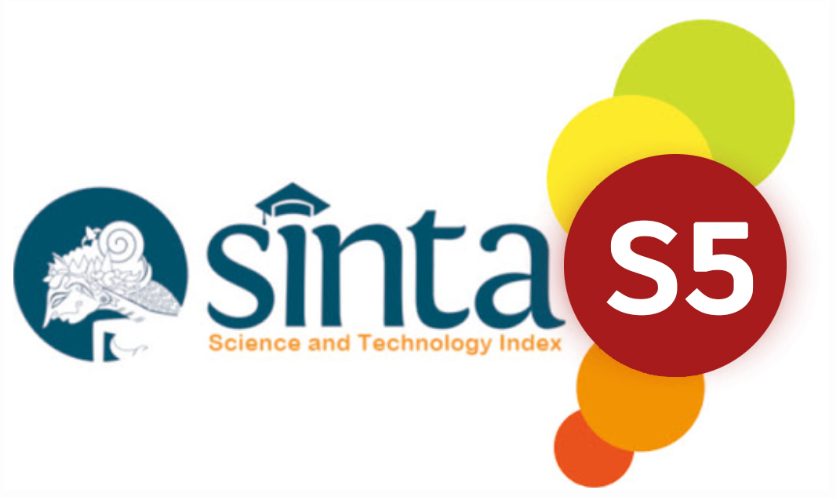Combination Therapy in Melasma with Lentigo Solaris
Case Report
DOI:
https://doi.org/10.32734/sumej.v3i1.690Keywords:
Azelaic Acid, Glycolic Acid, Melasma, Lentigo SolarisAbstract
Background: Melasma and lentigo solaris are common, recurrent, and refractory acquired hyperpigmentation disorder. In spite of variety of therapeutic options available for this cosmetically disfiguring condition, the treatment of this condition remains a challenge. Azelaic acid (AA) is a depigmenting agent which acts by inhibition of DNA synthesis and mitochondrial enzymes, thereby inducing direct cytotoxic effects on melanocytes. Glycolic acid (GA) peel is one of the most versatile agents in the treatment of melasma and lentigo solaris. GA peels alone or in combination with topical hypopigmenting agents has shown encouraging results. However, there is paucity of controlled trial demonstrating the efficacy of GA peels in conjunction with topical AA.
Case: A 42-years-old female, works as a street vendor, came with dark brown spots on both cheeks, nose, chin and forehead that spreads to whole face since one year ago. She had a history of using contraceptives. From the dermatological examination, there were multiple well-circumscribed, irregular hyperpigmented macules that asymmetrical, with size ranging from lenticular to plaque on the maxillary, left buccalis, mentalis and frontalis region. We also found a numular dark brown hyperpigmented macules on right zygoma. She was diagnosed with melasma and lentigo solaris. The Melasma Area Severity Index (MASI) score was 25.6, which classified as moderate melasma. She was treated with 20% azaleic acid cream twice a day, broadspectrum sunscreen with SPF 50 and GA 20% peeling.
Result: After 6 weeks of treatment, there were significant improvement in both melasma and lentigo solaris.
Downloads
References
Sheth VM, Pandya AG. Melasma: a comprehensive update: Part II. J Am Acad Dermatol 2011; 65: 699–714.
Erbil H, Sezer E, Tas_tan B et al. Efficacy and safety of serial glycolic acid peels and a topical regimen in the treatment of recalcitrant melasma. J Dermatol 2007; 34: 25–30.
Jusuf NK. Pattern of pigmentation disorder in Cosmetic Dermatology Clinic H. Adam Malik General Hospital, Medan, 2012 – 2015. J Gen Proced Dermatol Venereol Indones. 2017;2(1):1-6.
Tehrani S, Azad ME, Vaezi M, Saljoughi M. Efficacy and safety of azelaic acid 20% plus hydroquinone 5% in the management of melasma. Iran J Dermatol 2012; 15: 11-14
Chaudhary S, Dayal S. Efficacy of combination of glycolic acid peeling with topical regimen in treatment of melasma. J Drugs Dermatol 2013; 12: 1149–53.
Khunger N. Standard guidelines of care for chemical peels. Indian J Dermatol Venereol Leprol 2008; 74(Suppl S1): 5–12.
Mahajan R, Kanwar AJ, Parsad D et al. Glycolic acid peels azelaic acid 20% cream combination and low potency triple combination lead to similar reduction in melasma severity in ethnic skin: results of a randomized controlled study. Indian J Dermatol 2015; 60: 147–52.
Lee AY. An update review of melasma pathogenesis. Dermatologica sinica. 2014;32:233-9.
Jang YH, Lee JY, Kang HY, Lee ES, Kim YC. Oestrogen and progesterone receptor expression in melasma: an immunohistochemical analysis. Journal of the European Academy of Dermatology and Venereology. 2010; 24, 1312–6
Tamega AA, Miot HA, Moco NP, Silva MG, Marques ME, Miot LD. Gene and protein expression of oestrogen-b and progesterone receptors in facial melasma and adjacent healthy skin in women. International Journal of Cosmetic Science. 2015; 37: 222–28
Mahdalena, Jusuf NK, Putra IB. Melasma characteristic in hormonal contraceptive acceptors at Kelurahan Mangga Kecamatan Medan Tuntungan, Medan-Indonesia. Bali Med J. 2018;7(3):645-9.
Dayal S, Sahu P, Dua R. Combination of glycolic acid peel and topical 20% azelaic acid cream in melasma patients: efficacy and improvement in quality of life. Journal of Cosmetic Dermatology. 2016; 0: 1-8.
Downloads
Published
How to Cite
Issue
Section
License
Copyright (c) 2020 Sumatera Medical Journal

This work is licensed under a Creative Commons Attribution-NonCommercial-NoDerivatives 4.0 International License.
The Authors submitting a manuscript do so on the understanding that if accepted for publication, copyright of the article shall be assigned to Sumatera Medical Journal (SUMEJ) and Faculty of Medicine as well as TALENTA Publisher Universitas Sumatera Utara as publisher of the journal.
Copyright encompasses exclusive rights to reproduce and deliver the article in all form and media. The reproduction of any part of this journal, its storage in databases and its transmission by any form or media, will be allowed only with a written permission from Sumatera Medical Journal (SUMEJ).
The Copyright Transfer Form can be downloaded here.
The copyright form should be signed originally and sent to the Editorial Office in the form of original mail or scanned document.











